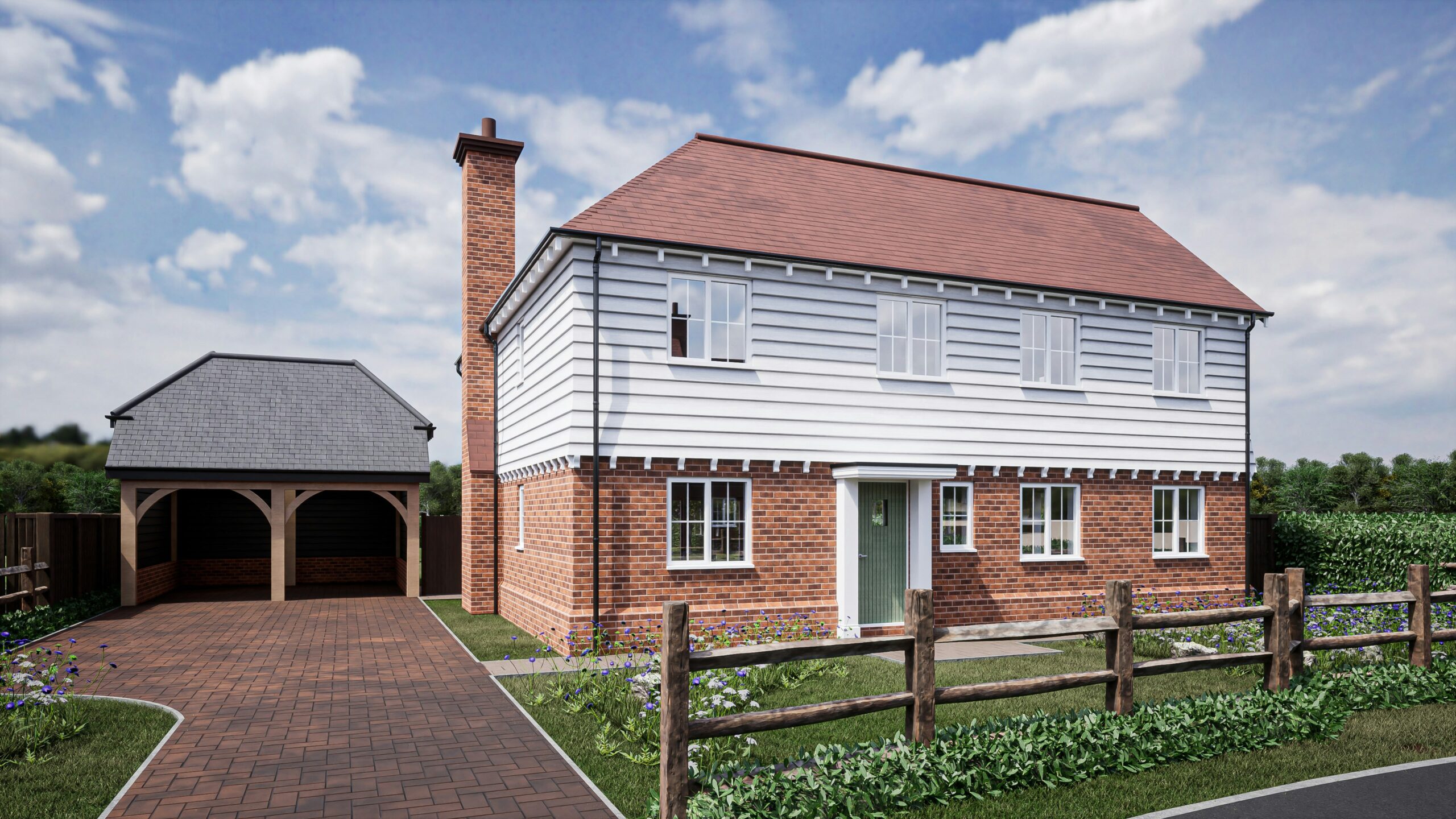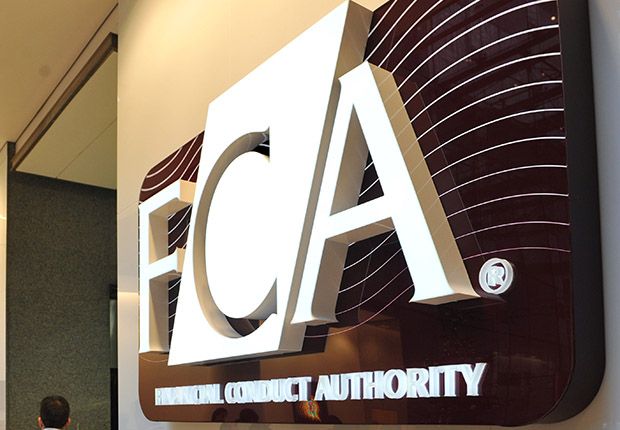Owning a house in Britain is becoming harder and harder to achieve, but what should you do to future-proof your home so it remains in good shape for years to come?
It might be that you’re on the lookout for your forever home, or you want to renovate part of your existing house to ensure it’s ready for a family or your retirement.
Here we run you through some simple steps for you to help future-proof your forever home.
Make your home sustainable and energy efficient
With energy bills through the roof and the cost of living continuing to rise, trying to keep your home more energy efficient and sustainable should be at the top of your list for a long-term house.
The world, whether you like it or not, is becoming more eco-conscious and this is only going to continue in the decades ahead. When buying a property or making changes to an existing home, this can be easily overlooked, but it shouldn’t be.
While many changes such as solar panels, will prove to be a hefty initial investment, these sorts of environmental improvements could save you thousands of pounds in the long run.
Another savvy idea might be to install an electric vehicle charging point to your house. Though not essential now, you might find these charging points useful in the not-so-distant future in light of the government’s looming ban on new petrol and diesel cars.
Simple changes in the immediate term that are more affordable can also make a big difference to your monthly utility bills. When you’re spending so much on energy bills already, keeping heat in your home becomes even more important.
Here are a few simple ways you can keep tabs on your home’s energy usage:
- Install double glazing on all windows
- Add loft insulation
- Replace any external doors that may be old
- Have your boiler checked and replaced if needs be
- Install smart heating controls
- Get a smart meter
- Use a green energy provider
- Stop using appliances at peak times
- Switch all bulbs to LED lights
If you have a timber-framed house or are unsure whether it is made out of timber or not, you can read our handy guide on how to best make use of this wooden structure to reduce your bills.
Ensure your forever home has up to date technology
Technology has become ingrained in our daily lives and having the latest tech at home is no different. Whilst we’re not suggesting your property needs to be like The Jetsons’, systems such as smart meters can help you save money by keeping track of how much you are spending each day on your gas and electric.
If you plan on living in your home until you are old and are not as mobile as you once were, it might also be a good idea to start adding voice control devices around your home. These can include asking a device such as Amazon’s Alexa to turn on a light, change the TV channel or set times and days for when you want the heating to be turned on and off.
Smart heating controls allow you to set the temperature in each room individually. You may also want to install a video doorbell to allow you to speak to guests from your phone and to keep an eye on any strange activity happening on your property when you’re not there. Security features like this could also help reduce your home insurance.
Technology designed for homeowners is a growing market and this trend is only going to increase. If you’re looking to future-proof your home, it’s worth leaning into these trends as opposed to avoiding them. They’re not all as scary as they seem!
Consider the layout of your home
Part of finding that forever home is being able to see yourself – and perhaps your growing family – there for many years to come. Truly future-proofing your home will mean thinking about functional, accessible layouts that will suit yours and your family’s needs.
Viewing potential properties is always a fun experience and it can be easy to get lost in how the previous owner, or how the show home, has been set up, making it tricky to visualise how you can adapt the property.
Try not to think of the immediate future. It’s best to think long-term, ask yourself if the layout will suit you in five to 10 years. Can you build on what is already there? Will you need to upsize? Try to really think about the needs of your family and yourselves and whether they will change over the next few decades.
Moving home comes with associated costs and is not something that you want to keep forking out for. If you can buy a property with the potential to extend, or with room to change the layout in future, this will help to keep you settled in your forever home for longer.
Flexible living spaces should optimise all the room you have in your home without any wasted space. Can you turn a basement into a home office? Will you be able to create a kids’ playroom in the garden? Is the guest bedroom big enough for a nursery? Can you convert your loft into an extra bedroom? Is there potential for a downstairs wet room?
Being able to easily switch up your living space to cater to your needs at any time is a great advantage to have when considering the future.
Are you able to adapt the property when renovating?
Adapting a property doesn’t mean you have to gut the whole home. It’s simply a case of making practical changes as your life evolves.
Changes you make can not only help older relatives who live with you, but also children, making your home suitable for multi-generations.
Renovating a property will take time and money, but it’s considerably cheaper and more economical to do this over time rather than all at once, or moving to another home. Don’t get caught out though – if you are looking to renovate your home, it’s important to check whether you’ll need renovation insurance.
Consider the following:
Bathroom
Does the house have a downstairs bathroom? As you get older it will become tougher to keep going up and down the stairs, so having access to a downstairs loo will make your life a lot easier.
Your bath and/or shower should also have handles to help older generations get in and out, so they can wash themselves without having to worry too much about falling over.
If you’re looking to create a downstairs bathroom you can also think about creating a doorway with enough room for a wheelchair.
Make your house damp proof
Damp is one of life’s major annoyances as a homeowner, but there are many ways to ensure your home stays dry.
Proofing your house involves steps to limit the amount of moisture that’s entering through the walls to avoid any visible damp that not only looks horrendous, but can also cause issues for your health (and your home).
You can do this through:
- Structural improvements or changes
- Repairs to drainage systems
- Improved ventilation and insulation
Consider a roof replacement
Getting your roof replaced, or regularly checked over, is a sure-fire way to help keep the cost down of replacing all of the tiles on your roof, or even having your thatched roof replaced.
Future-proofing your roof involves choosing materials and design elements that enhance durability, energy efficiency and adaptability to future changes.
This includes selecting roofing materials that will endure all of the UK’s harsh weather conditions, incorporating solar panels, and choosing designs that accommodate potential future renovations.
Gardens
The cost to make your indoor/outdoor living on one level with little to no profile can be more expensive, but aesthetically pleasing and great for young and old.
As you get older and feel that maintaining a garden is too much for you, it could be a good idea to get artificial grass and fake flowers so that your garden still brightens up your day, without having to worry about doing the extensive work needed to keep it blooming. Alternatively, why not look into low-maintenance paving to reduce the need for back-breaking mowing and pruning?
Insulating your home
Older homes are often not built with enough insulation to keep you warm compared to modern houses.
Droughts are common in the winter and some homes can be overheated in the summer months. When you buy a property designed to be your home for life, it’s a good idea to have an expert assess it and check the insulation needs.
This can include insulating a loft and the cavity walls to not only keep the warmth in your home, but also to keep the cost of your heating bill down too.
Board the loft
Whilst we’re on the subject of lofts, it’s also a good idea to think about boarding this part of the house to create extra storage space. The longer you live in a house, the more possessions you will accumulate over time, and unfortunately the walls of a home don’t expand by themselves.
Storage is incredibly important, and if you haven’t converted your loft into an extra room, it’s a good idea to board it in order to do so and help keep your mementos.
It will also strengthen the frame of the house, helping to prevent movement over time.
Improve the wiring in your home
Older properties are often not wired for the technology that is used in the modern day. This could be simple things such as the amount of plug sockets needed for your electronic devices. This causes overloading of your plug sockets and fibre optic not being possible in your home, meaning a much slower internet connection.
Having your home rewired will allow you to have more access points to plugs and will help future-proof your home when the next batch of technology reaches the average home in the decades to come.
Make friends with your neighbours
Whilst this is not a tip for future-proofing your home, it’s always good for your mental health to speak to your neighbours.
If this is going to be your forever home, you’re going to want to make it a community that you absolutely adore and being on good terms with those who live next door can really help.
Can I get insurance on my forever home?
No matter what your forever home looks like, or will look like, Adrian Flux is on hand to help with specialist household insurance.
We offer competitive rates and can tailor an insurance policy to your exact needs. For our best rates, call 0800 369 8590 or book a callback at a time that works for you.
Publisher: Source link











